Low voltage MR16 VS line voltage PAR20 or 16, for recessed light
mcassel
17 years ago
Related Stories
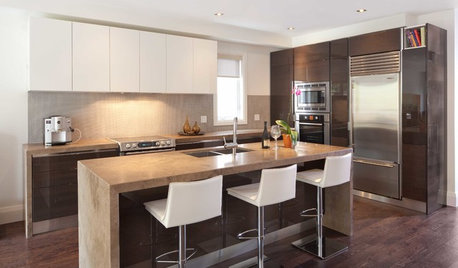
LIGHTINGGet Your Home's Recessed Lighting Right
Learn the formula for how much light a room needs plus how to space downlights, use dimmers and more
Full Story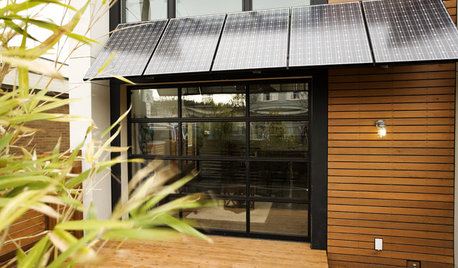
GARDENING AND LANDSCAPINGHouzzers Say: 16 Outdoor Must-Haves
See what 16 exterior features you may want to put on your home remodeling checklist
Full Story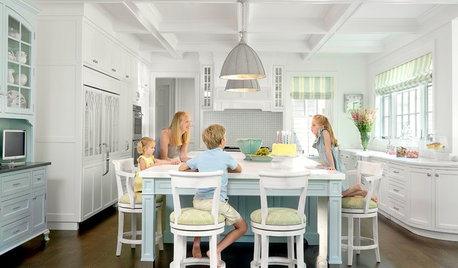
LIGHTINGSource List: 20 Pendants That Illuminate the Kitchen Island
See the ceiling lighting fixtures that are popular on Houzz and find out where to get them
Full Story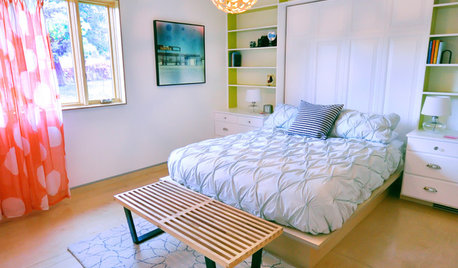
WOODTry DIY Plywood Flooring for High Gloss, Low Cost
Yup, you heard right. Laid down and shined up, plywood can run with the big flooring boys at an affordable price
Full Story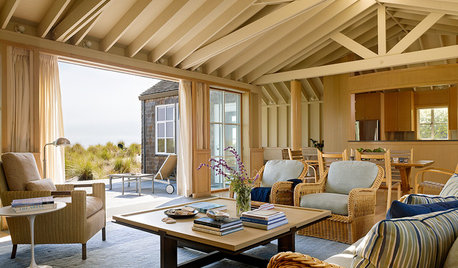
HEALTHY HOME16 Ideas for a Healthy, Feel-Good Home
Making these small tweaks and bigger shifts at home can help you thrive everywhere you go
Full Story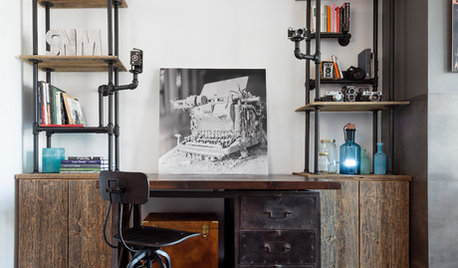
SHELVESTake a Great Shelfie: 16 Creative Shelving Designs
These storage and display ideas veer from the straight and narrow and into the realm of room-transforming
Full Story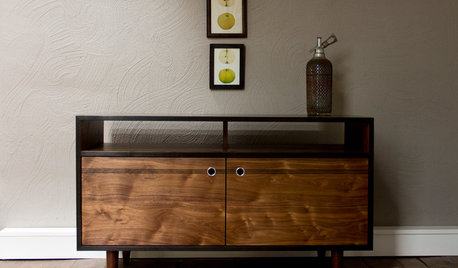
EVENTSTrends from the Front Lines of Furniture Design
See what’s hot in furniture again through the designers’ offerings at the 2014 ICFF
Full Story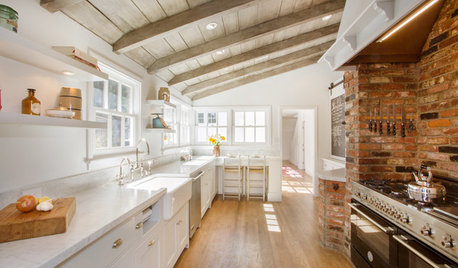
KITCHEN DESIGNKitchen of the Week: Brick, Wood and Clean White Lines
A family kitchen retains its original brick but adds an eat-in area and bright new cabinets
Full Story
WINDOW TREATMENTSEasy Green: 9 Low-Cost Ways to Insulate Windows and Doors
Block drafts to boost both warmth and energy savings with these inexpensive but effective insulating strategies
Full Story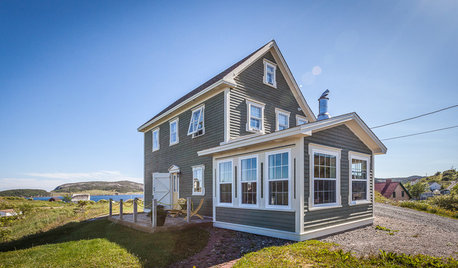
VACATION HOMESMy Houzz: Saltbox Charm in a Heritage Fishing Community
This rustic home and art studio in a 16th-century waterfront town blend in while showing personal style
Full StorySponsored
Central Ohio's Trusted Home Remodeler Specializing in Kitchens & Baths
More Discussions








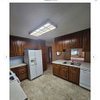
dim4fun
mcasselOriginal Author
Related Professionals
Saint Petersburg Lighting · Framingham Furniture & Accessories · Norwalk Furniture & Accessories · Wilmington Furniture & Accessories · Kansas City Furniture & Accessories · Nixa Furniture & Accessories · Northbrook Furniture & Accessories · Northridge Furniture & Accessories · Zionsville Furniture & Accessories · Fernway Interior Designers & Decorators · La Habra Interior Designers & Decorators · Burlingame Electricians · Concord Electricians · Lake Nona Electricians · Richmond Decks, Patios & Outdoor Enclosuresdim4fun
mcasselOriginal Author
dim4fun
Jon1270
ilitem
mcasselOriginal Author
Jon1270
dmlove
Jon1270
mcasselOriginal Author
Jon1270